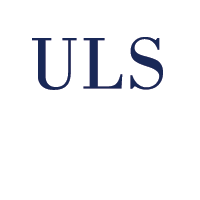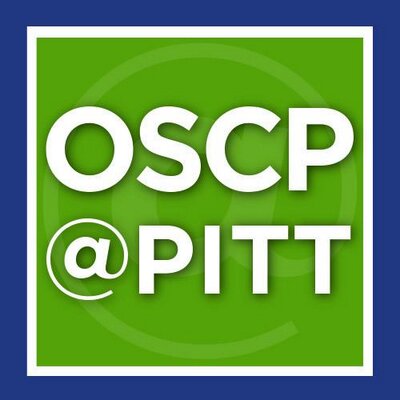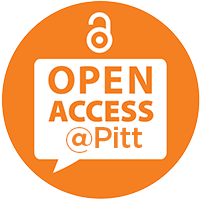Gonzalo, JD and Heist, BS and Duffy, BL and Dyrbye, L and Fagan, MJ and Ferenchick, G and Harrell, H and Hemmer, PA and Kernan, WN and Kogan, JR and Rafferty, C and Wong, R and Elnicki, MD
(2014)
Content and timing of feedback and reflection: A multi-center qualitative study of experienced bedside teachers.
BMC Medical Education, 14 (1).
Abstract
Background: Competency-based medical education increasingly recognizes the importance of observation, feedback, and reflection for trainee development. Although bedside rounds provide opportunities for authentic workplace-based implementation of feedback and team-based reflection strategies, this relationship has not been well described. The authors sought to understand the content and timing of feedback and team-based reflection provided by bedside teachers in the context of patient-centered bedside rounds.
Share
| Citation/Export: |
|
| Social Networking: |
|
Details
| Item Type: |
Article
|
| Status: |
Published |
| Creators/Authors: |
| Creators | Email | Pitt Username | ORCID  |
|---|
| Gonzalo, JD | | | | | Heist, BS | brh60@pitt.edu | BRH60 | | | Duffy, BL | | | | | Dyrbye, L | | | | | Fagan, MJ | | | | | Ferenchick, G | | | | | Harrell, H | | | | | Hemmer, PA | | | | | Kernan, WN | | | | | Kogan, JR | | | | | Rafferty, C | | | | | Wong, R | | | | | Elnicki, MD | | | |
|
| Date: |
10 October 2014 |
| Date Type: |
Publication |
| Journal or Publication Title: |
BMC Medical Education |
| Volume: |
14 |
| Number: |
1 |
| DOI or Unique Handle: |
10.1186/1472-6920-14-212 |
| Schools and Programs: |
School of Medicine > Medicine |
| Refereed: |
Yes |
| Date Deposited: |
21 Dec 2016 20:44 |
| Last Modified: |
30 Mar 2021 10:55 |
| URI: |
http://d-scholarship.pitt.edu/id/eprint/29482 |
Metrics
Monthly Views for the past 3 years
Plum Analytics
Altmetric.com
Actions (login required)
 |
View Item |








